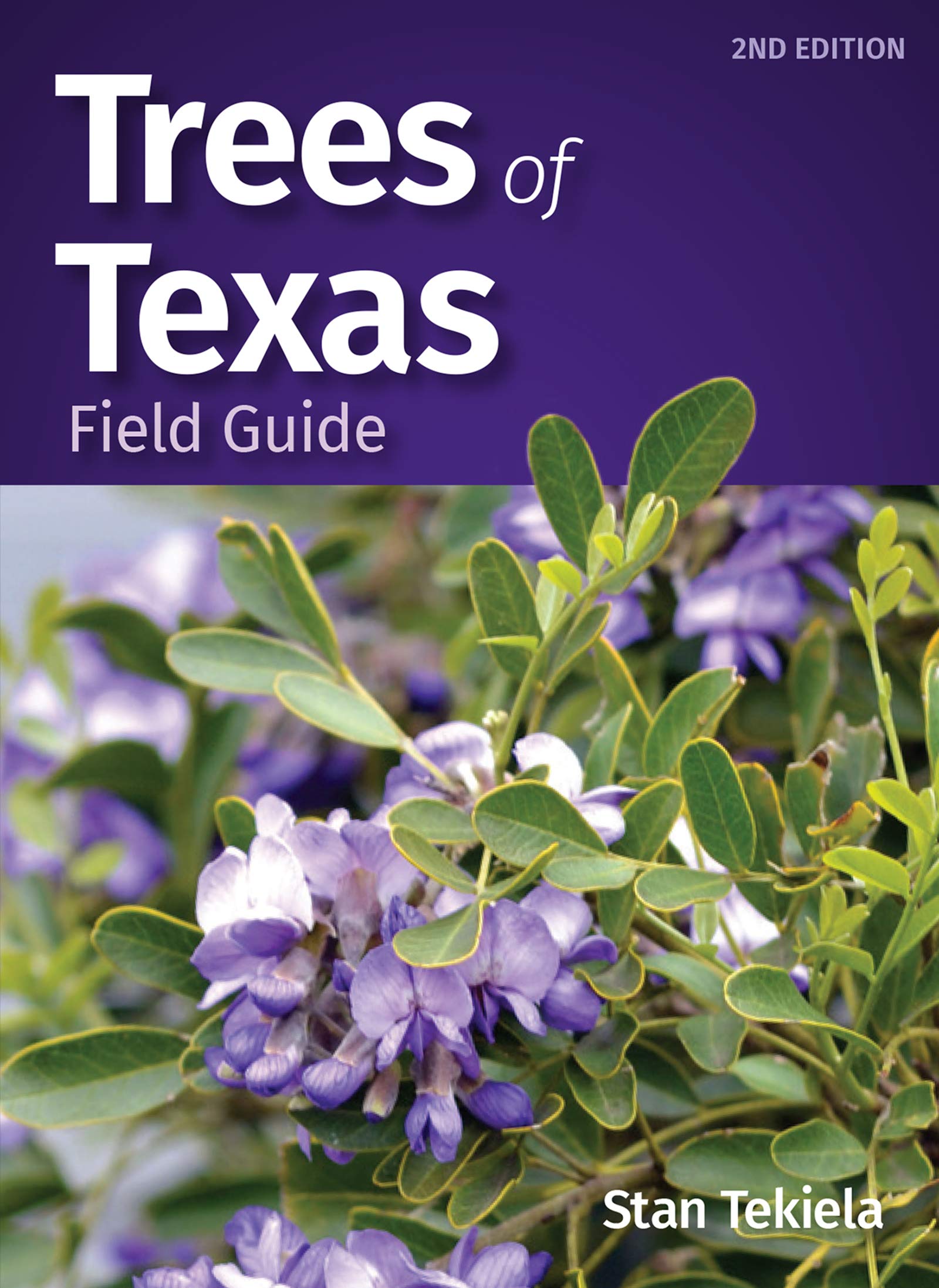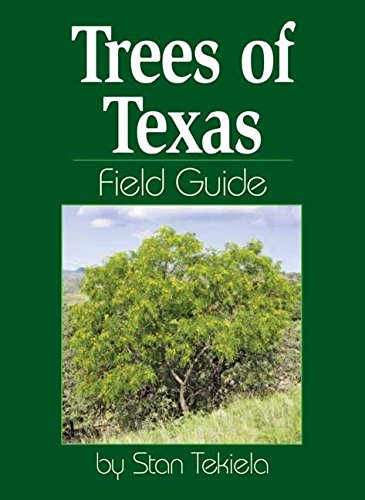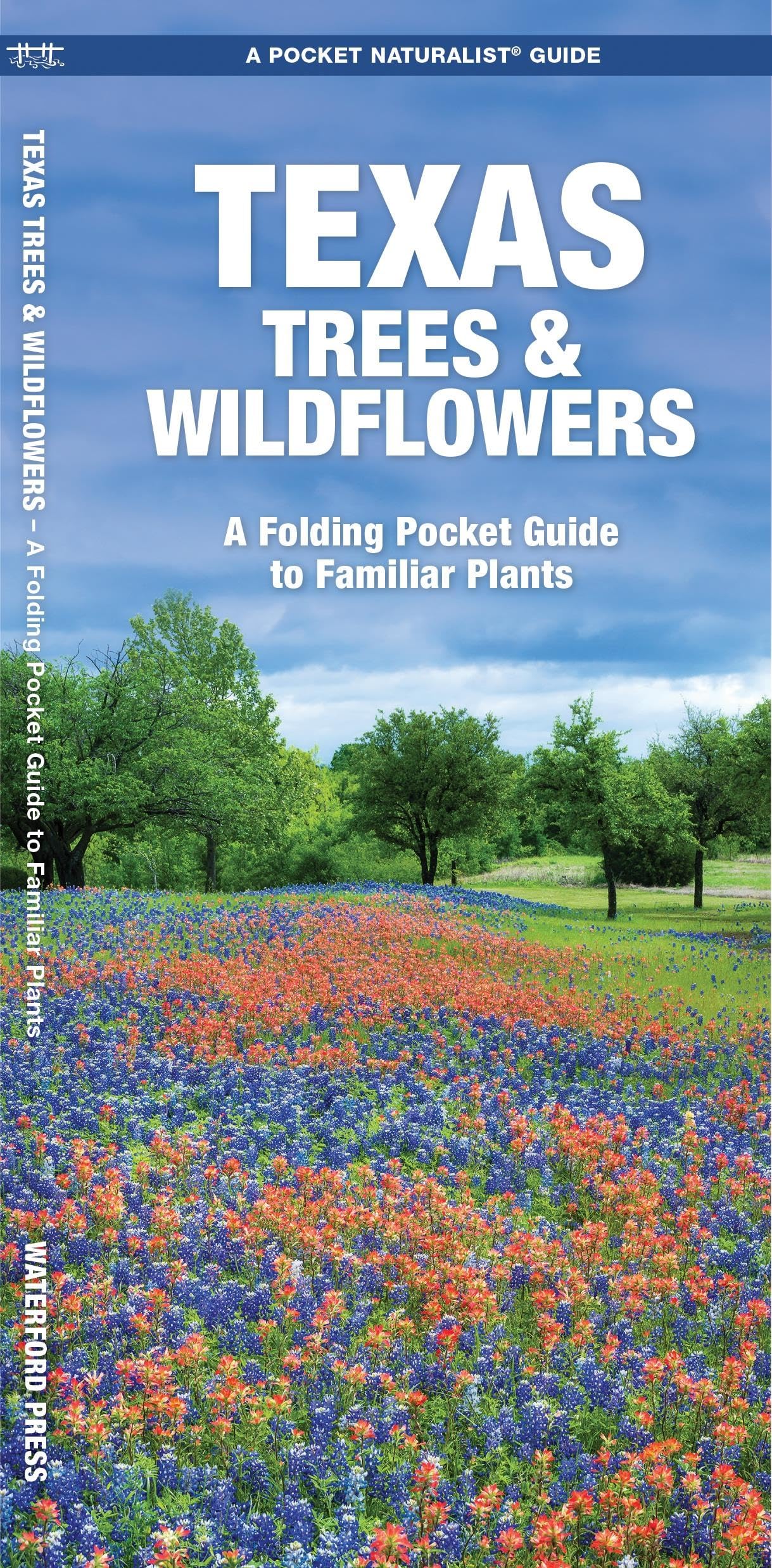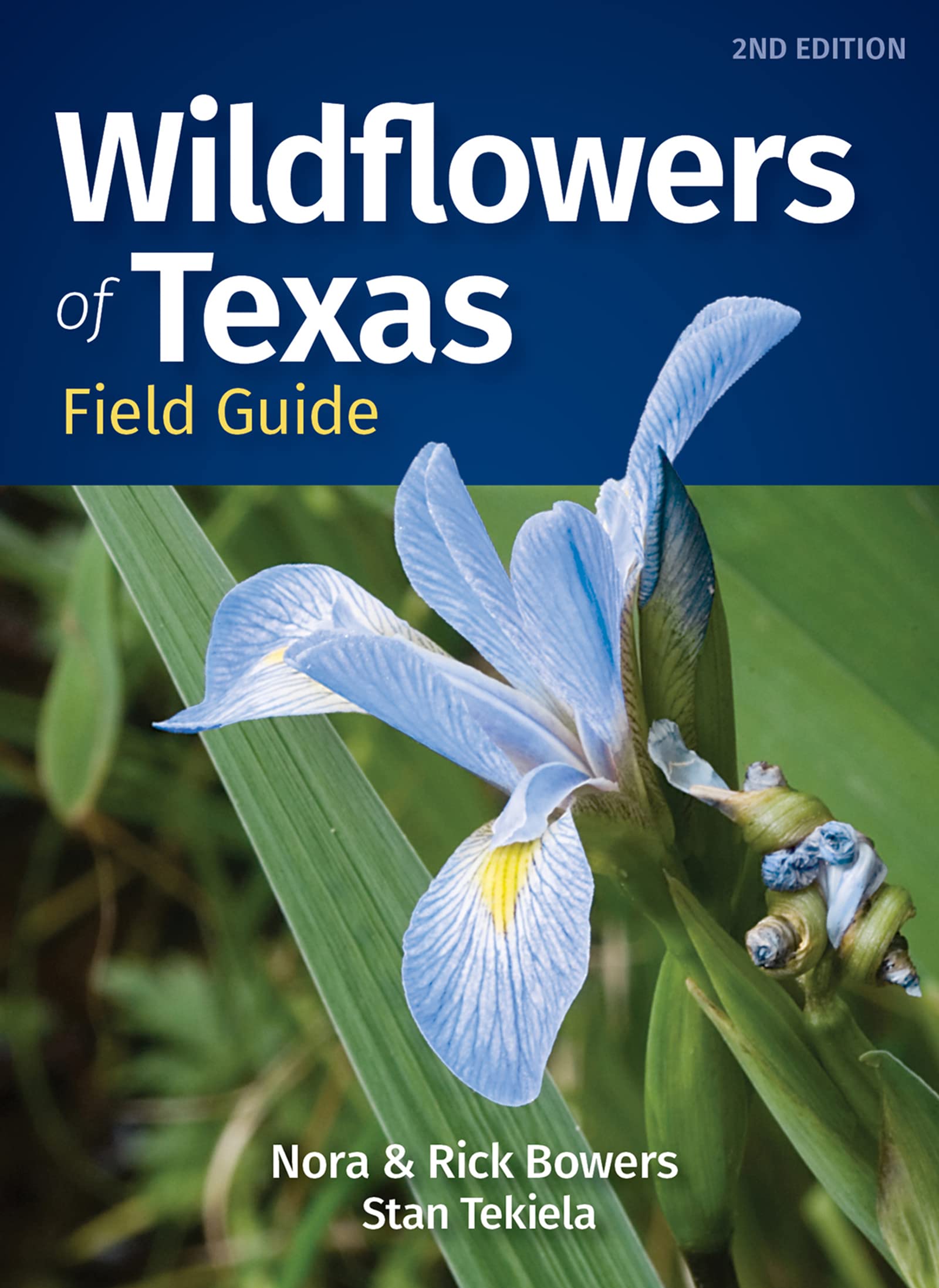The Best Central Texas Tree Identification Books

Central Texas is a region rich with diverse ecosystems, and among these are vibrant forests and woodlands filled with a myriad of tree species. Identifying trees in this area can be both a fascinating hobby and a practical skill for outdoor enthusiasts, landscapers, and students of botany. A reliable tree identification book is an invaluable resource for anyone interested in learning about the arboreal life in this region. These books typically provide detailed descriptions, clear photographs or illustrations, and key identifiers such as leaf patterns, bark texture, and growth habits to assist with the identification process.
When choosing a tree identification book especially tailored for Central Texas, it’s imperative to consider the depth and accuracy of information provided. A good book should cover a wide range of species native to the area and include information on invasive or non-native trees that might be encountered. It should also be user-friendly, catering to both amateurs and professionals with well-organized contents that make it easy to quickly find the needed information.
In purchasing a tree identification guide for Central Texas, the book’s format is a critical aspect to take into account. Durability is essential as the guide is likely to be used outdoors; weather-resistant pages are a bonus. The book should be portable enough to carry on hikes or field trips, yet comprehensive enough to be thorough in content. Other considerations might include the experience level the book is aimed at – from beginner-friendly guides with simple leaf keys to more advanced scientific texts.
Our commitment to helping you experience the natural world with knowledge and ease has led us to examine various tree identification guides. We have scrutinized numerous aspects, from the clarity of the visuals to the depth of the species descriptions, ensuring that our recommendations will serve as a steadfast companion on your botanical explorations.
Top Central Texas Tree Identification Guides
We’ve thoroughly researched and compared various Central Texas tree identification books to bring you our list of the top selections. Each book offers clear, concise information to help enthusiasts and professionals alike understand and identify the diverse arboreal species found in Central Texas. Whether you’re a seasoned botanist or a curious nature lover, our picks are sure to enhance your knowledge and appreciation of the region’s trees.
TX Tree Guide

If you’re exploring the diverse arboreal landscape of Central Texas and want a reliable companion, this field guide is an excellent choice.
Pros
- Organized by leaf type for ease of use
- Full-page photos aid in accurate identification
- Stan’s Notes offer valuable insights into Texas trees
Cons
- Some trees have similar leaves, making identification challenging
- Limited to Texas species, not useful for other regions
- Physical size may be too big for some pockets
Stepping into the sun-dappled scenery of Central Texas with “Trees of Texas Field Guide” cradled in our hands, we’ve found ourselves more connected to the green giants around us. The organization of trees by leaf type is intuitive, allowing us to navigate through the pages as we would wander through the woods—seamlessly and with purpose.
When we matched the leaves we found to the crisp, professional photographs within this guide, identification was a breeze. No leaf was left unturned in our quest to distinguish between the bur oak and the pecan. Squinting at a barely-there leaf? Worry not. The full-page images have made even the most minuscule details clear as day.
Laced throughout the book, Stan’s Notes feel like field-side chats with a knowledgeable friend. His tidbits spark our curiosity and deepen our appreciation for the natural history of each species. It’s these personal touches that elevate our tree identifying from a mere walk in the park to an enlightening experience.
However, the guide, while robust, can’t always simplify the complexity of nature. On occasion, trees with similar foliar can throw us off track, leading to some second-guessing. The focus on Texas-specific species means it’s a specialist tool; we wouldn’t lug this guide to a trek in Tennessee. And for those of us who prefer to travel light, the book’s dimensions might be a tight fit for our pockets, making it more of a backpack staple.
In sum, our time with the “Trees of Texas Field Guide” has profoundly enriched our nature hikes and backyard botany. It’s our go-to resource for when we lay eyes on a tree and the question arises: “What marvel are you?” With this guide in tow, the answers are at our fingertips.
Trees of Texas Field Guide

We recommend this guide as an invaluable tool for anyone interested in exploring and identifying the diverse tree species across Central Texas.
Pros
- Comprehensive coverage of Texan tree species
- Handy and portable design
- Vivid photographs aid in identification
Cons
- Lacks information on some non-native species
- Distribution maps could be more detailed
- Size might be cumbersome for some users
Having spent considerable time with the “Trees of Texas Field Guide,” it’s clear that the book is a robust resource. Its depth is immediately apparent, providing detailed descriptions and high-quality images that have quickly become indispensable during our treks through the local landscapes. The guide’s organization allows for easy navigation, a feature that we found particularly useful when trying to distinguish between similar species.
The book is surprisingly compact given the amount of information packed within its pages. Carrying it on various field trips, we found its size to be perfect for quick references, fitting comfortably into our backpacks. The durability of the guide is also commendable, having withstood the rigors of our outdoor adventures without significant wear and tear.
While the guide is quite comprehensive, we noticed the omission of certain non-native species. For comprehensive knowledge, this might necessitate supplemental materials. Likewise, while the book alludes to the regions where trees can be found, more detailed maps would enhance its utility, ensuring users could pinpoint species distributions with greater accuracy. Despite this, the guide serves its primary function remarkably well.
Our overall experience with the “Trees of Texas Field Guide” has been extremely positive. Whether we were seeking clarity on the fly or planning our botanical excursions, this guide has proven to be both a reliable companion and an excellent educational tool.
Central TX Trees Guide

We’d highly recommend this guide for anyone eager to explore and understand the rich arboreal diversity of Central Texas.
Pros
- Comprehensive coverage of native species
- In-depth descriptions with clear photos
- Interactive Kindle features for note-taking
Cons
- Not suitable for those who prefer a physical book
- Some technical terminology may challenge beginners
- No Word Wise feature for easier comprehension
Exploring the Texan outdoors has been exponentially more informative since we started using the “Central TX Trees Guide.” It’s clear that the author’s expertise shines through in the detailed descriptions of each species, which makes identifying the various types of trees less of a guess and more of an educated observation.
For us, one of the standout features was the Kindle’s interactive nature—being able to place sticky notes and highlight important information directly has transformed our learning process. The high rating of the guide speaks volumes about its quality, and the feedback from other users echoes our sentiment on the depth of information provided.
Although we relish in the convenience of digital access, we understand that some folks might miss the tactile experience of flipping through a physical book. And while the information is thorough, some of our newbie nature enthusiasts found the botanical terms a bit daunting at first, though this became less of a barrier with continued use.
For nature lovers and budding botanists eager to delve into the verdant world of Central Texas flora, the “Central TX Trees Guide” is a fantastic tool. It brings the outdoors to your fingertips, whether you’re out in the field with a mobile device or planning your next hike from the comfort of your home.
Texas Nature Guide

We believe this guide is a valuable tool for nature enthusiasts eager to explore the flora of Central Texas.
Pros
- Waterproof and durable design
- Convenient pocket size for easy reference
- Illustrated for quick identification
Cons
- Limited to common species, overlooking many others
- Illustrations instead of actual photos
- Only 12 pages, which may not suffice for detailed research
Having spent some great times outdoors, we’ve come to appreciate having a reliable guide to the local trees and wildflowers. Texas Trees & Wildflowers: A Folding Pocket Guide to Familiar Plants has been one such companion on our recent jaunts through the sprawling landscapes of Central Texas.
The guide’s waterproof and laminated pages proved immensely helpful during our treks, especially when unexpected showers occurred. Its resilience against the elements allows us to reference the flora around us without worrying about damaging the guide. Moreover, its compact size meant it could easily fit into our pocket or backpack, making it accessible whenever we stumbled upon an intriguing plant.
Illustrations within the guide facilitated quicker identification as we compared the unique leaves and flowers against the vibrant drawings. Granted, while we would have appreciated actual photos to confirm our finds with complete certainty, the illustrations still provided a good starting point.
However, as avid botany aficionados, we must admit that the guide’s brevity left us wanting more. With only 12 pages, the guide covers just a selection of the most common species. Many times, we encountered plants that were not featured, leaving us curious and a bit frustrated. We also reflected on how novice explorers or those with a keener interest in botany might benefit from a guide that either included more species or provided a deeper dive into the local ecology.
In the end, we see Texas Trees & Wildflowers as a sturdy, beginner-friendly starting point for anyone looking to familiarize themselves with Central Texas’s natural offerings. It’s a resource we’ll continue to carry on our explorations, even if we supplement it with additional materials for a more comprehensive understanding of the region’s biodiverse beauty.
Texas Wildflower Guide

We think this guide is a must-have for anyone interested in the diverse floral beauty that Texas has to offer, thanks to its ease of use and comprehensive content.
Pros
- Organized by color for simple identification
- Detailed information enhances learning
- Compact size for portability on hikes
Cons
- Lacks photos of leaves for complete identification
- Only covers wildflowers, not all types of plants
- Limited total ratings may not reflect a wide range of opinions
Having recently used this field guide on a trek through the hill country, the color-coded organization struck us as a particularly handy feature. It’s well-thought-out and makes it a breeze for novices and aficionados alike to spot and name the wildflowers we encountered. Each flower comes to life on the page with vivid descriptions.
The guide’s portability is another highlight. It fits comfortably in our backpack pockets, and because it’s lightweight, it didn’t add any unnecessary bulk to our gear. Whether we were on a casual stroll or a more rigorous hike, having it with us was no inconvenience at all.
One improvement we’d like for a future edition would be the inclusion of leaf pictures. It can be challenging to verify some species without this. Additionally, those seeking a comprehensive botanical guide might find the strict focus on wildflowers limiting. Despite that, the current insights in the book are easy to digest and remarkably informative.
Drawing on our hands-on experience, we confidently say the “Wildflowers of Texas Field Guide” enriches our adventures with its depth of knowledge and practical design. While it has a few shortcomings, they hardly detract from its overall value to those of us keen on exploring Texas flora.
Buying Guide
When selecting a Central Texas Tree Identification Book, we must consider several key features. These will inform us on ease of use, clarity of information, and overall utility in the field.
Key Features to Consider
Content Accuracy and Completeness: The core of a good book is accurate and comprehensive information. Ensure that the book covers a wide range of tree species native to Central Texas and includes recent scientific findings.
Photographs vs. Illustrations:
- Photographs: They offer a realistic portrayal of trees and can aid in quick identification.
- Illustrations: A clearer representation of details that might be overlooked in photos.
| Feature | Importance |
|---|---|
| Photographs | High |
| Illustrations | Moderate to High |
Ease of Use
Layout and Organization: The book should have a logical flow, perhaps categorizing trees by family, leaf type, or other distinguishing features. An intuitive layout makes identification faster and learning more enjoyable.
Size and Portability: If you plan to use the book in the field, it’s crucial that it be portable enough to carry around comfortably.
Index and Glossary:
- Index: Quickly look up trees without having to flip through the entire book.
- Glossary: Understand technical terms without external resources.
Durability
Paper Quality and Cover: Since the book may be used outdoors, higher paper quality and a sturdy cover are important to withstand the elements and frequent use.
Additional Features
Seasonal Information: Trees change throughout the seasons. A book that includes seasonal identifiers, like flower and fruit periods, is exceptionally useful.
Range Maps: Maps are extremely helpful in understanding the natural distribution of each tree species within Central Texas.
By focusing on these features, we ensure that our choice will be a reliable resource for both enthusiasts and professionals in tree identification.


